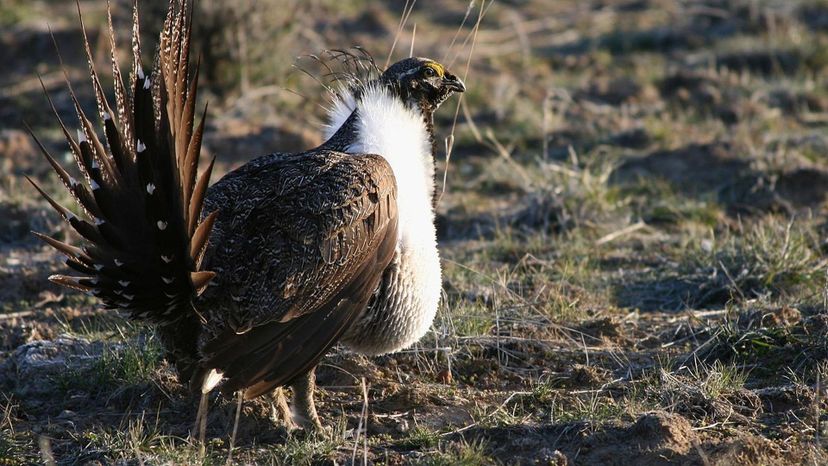
About This Quiz
Find food, water and shelter, escape predators and procreate - these are some of the reasons animals migrate. It is a way to adapt to imperfect habitats and find mates. How these migratory animals find their way across thousands of miles is as varied as the animals themselves.
Some like mallards or loggerhead turtles are genetically programmed. Mallards know to continue in a northerly direction by using the stars. Loggerhead turtles upon hatching can sense the direction and strength of Earth’s magnetic field. The turtles use this ability for navigation while migrating. Land features are another form of directional input for migrating animals. Even marine animals, like dolphins, use the shape of the ocean floor to migrate.
The amazement doesn’t stop there when comparing migrating animals. There are individual species that take the gold for going the furthest, highest, and fastest. For instance, the Arctic tern migrates further than any other bird, traveling over 44,000 miles each year. Then there is the wandering glider, an insect that can fly over 4,000 miles without landing or stopping!
The “smartest” animals are those who live in summer all year round. The sooty shearwater is one of those. It travels between Greenland and Antartica so that it can bask in the summer sun all year long. Discover if you can name all of the migratory animals. Take the quiz now.
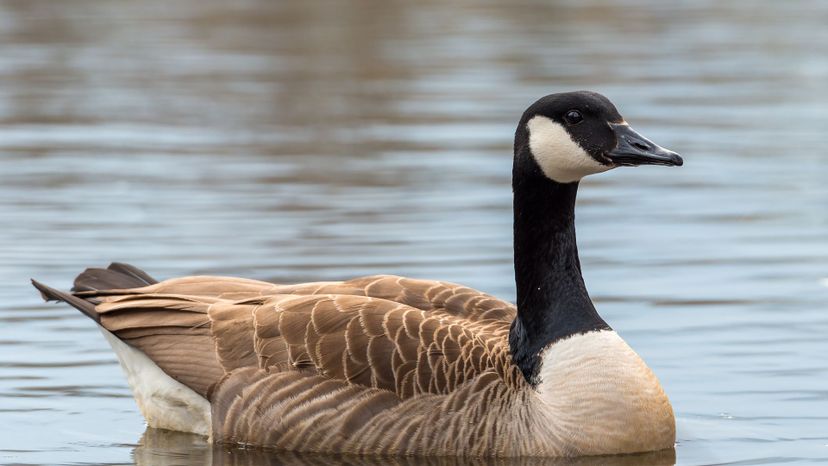
Advertisement
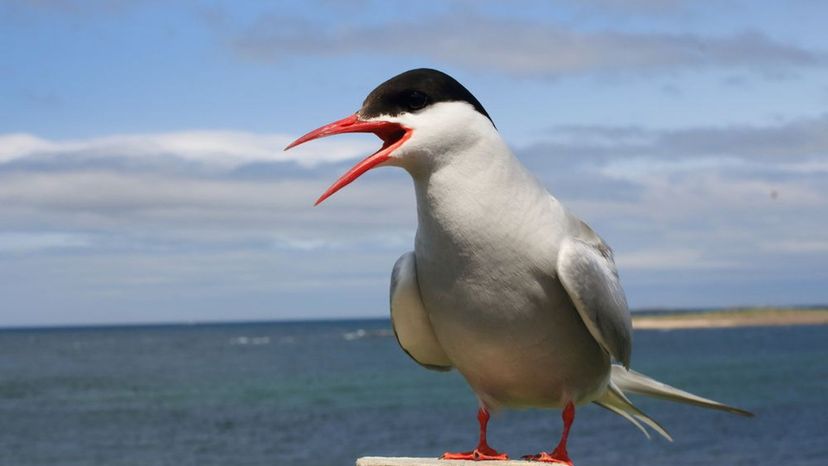
Advertisement
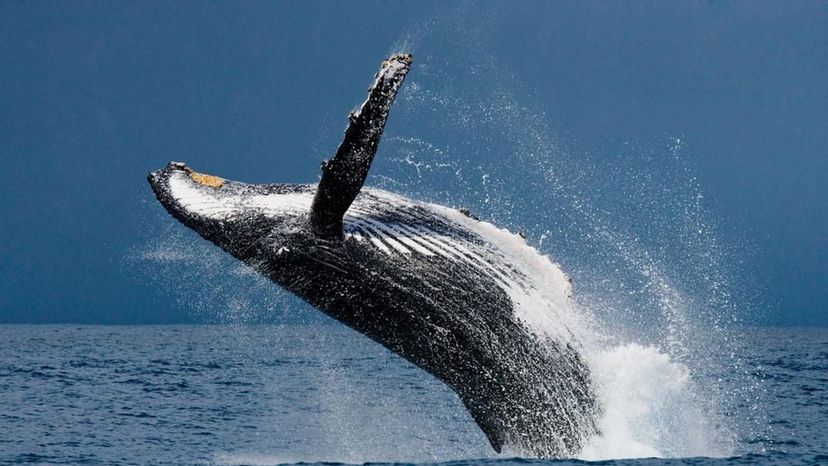
Advertisement

Advertisement
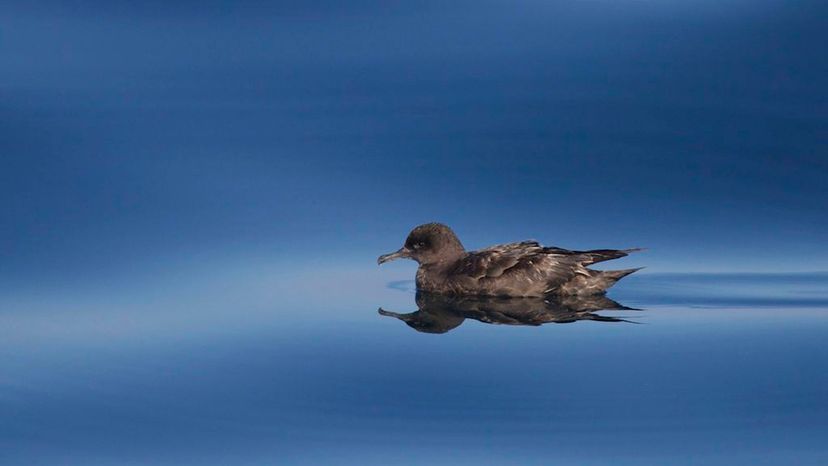
Advertisement
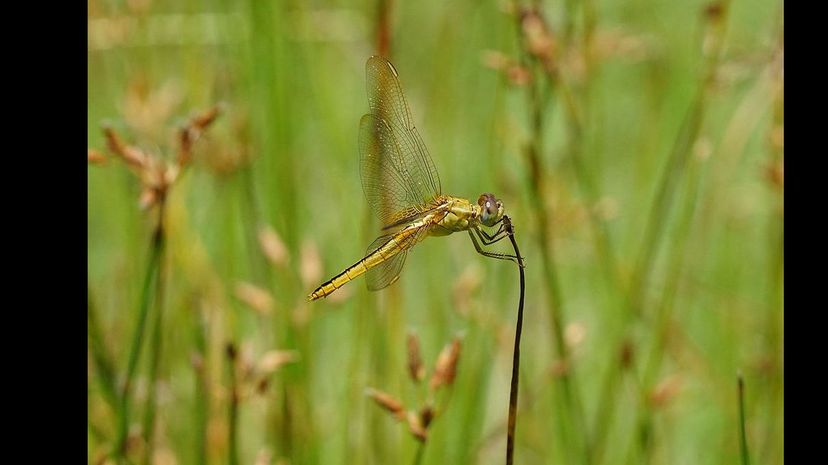
Advertisement
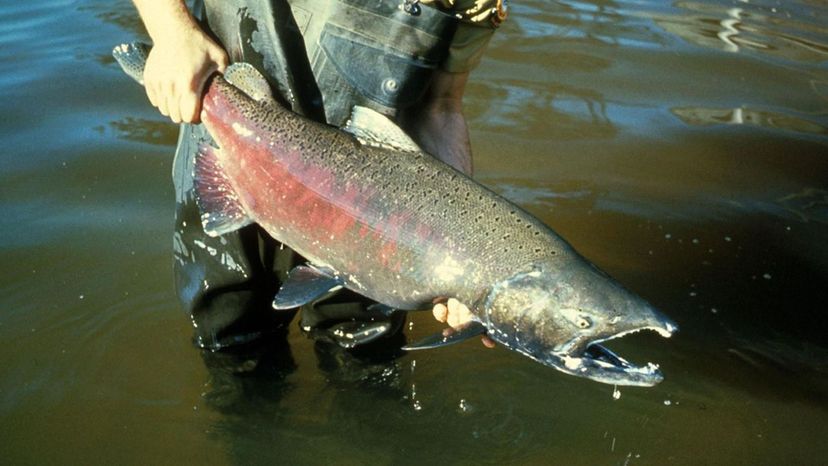
Advertisement
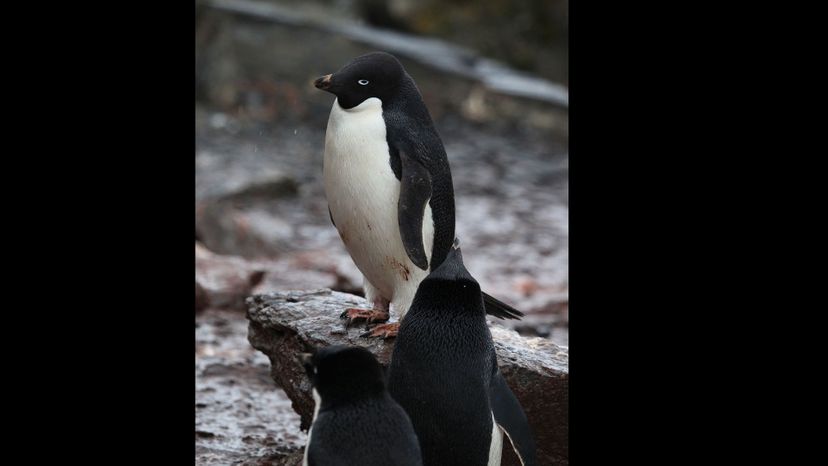
Advertisement
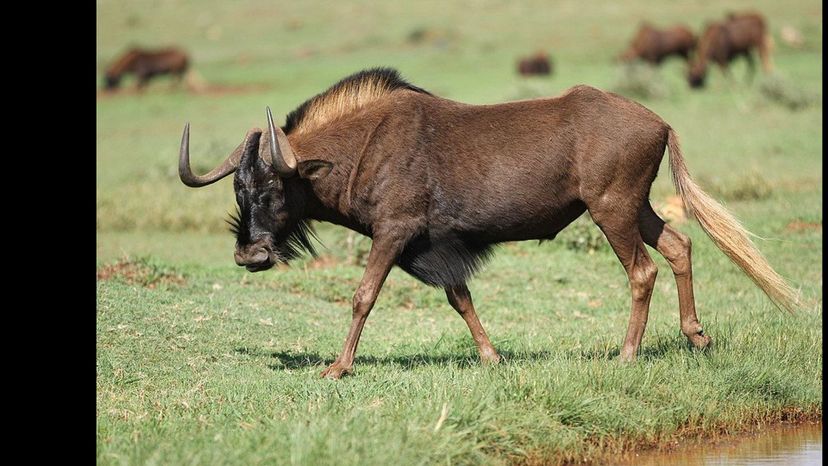
Advertisement
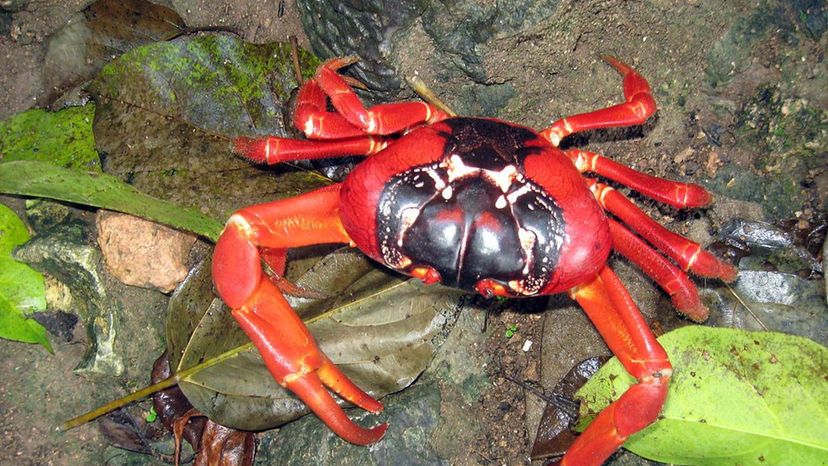
Advertisement

Advertisement

Advertisement
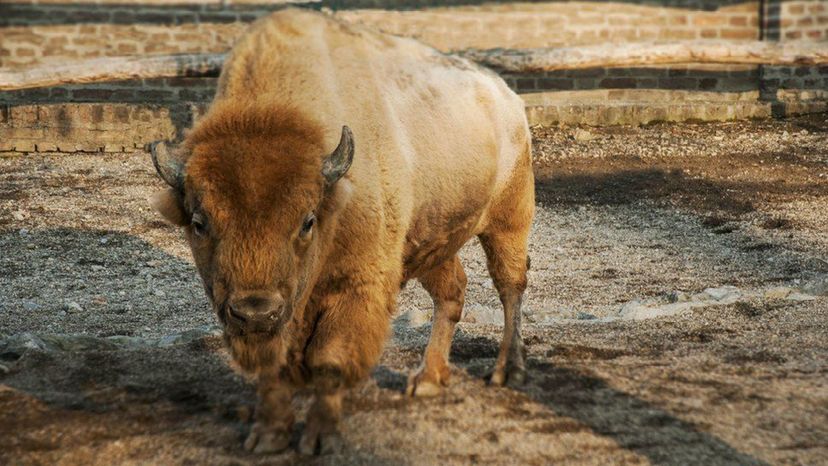
Advertisement
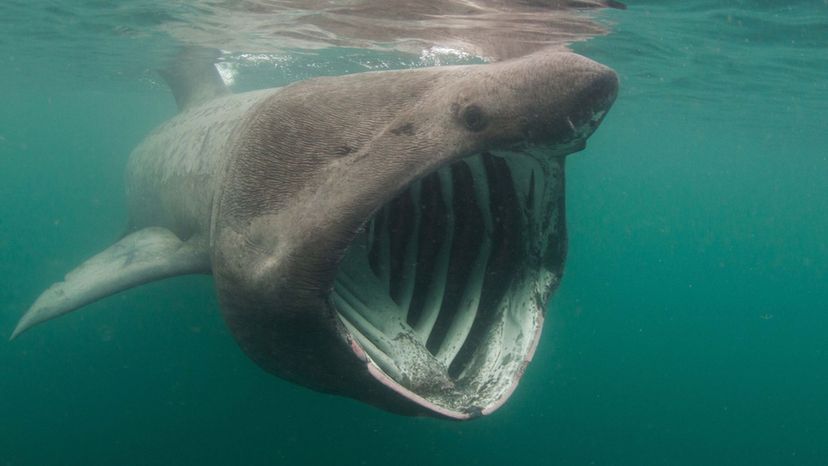
Advertisement
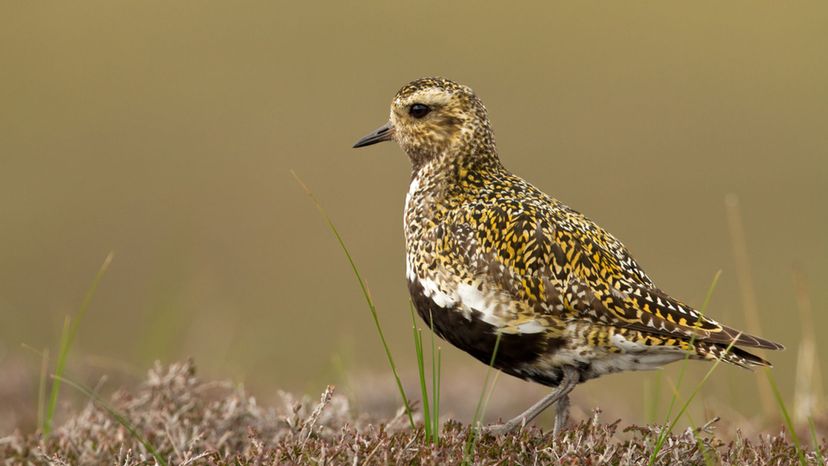
Advertisement
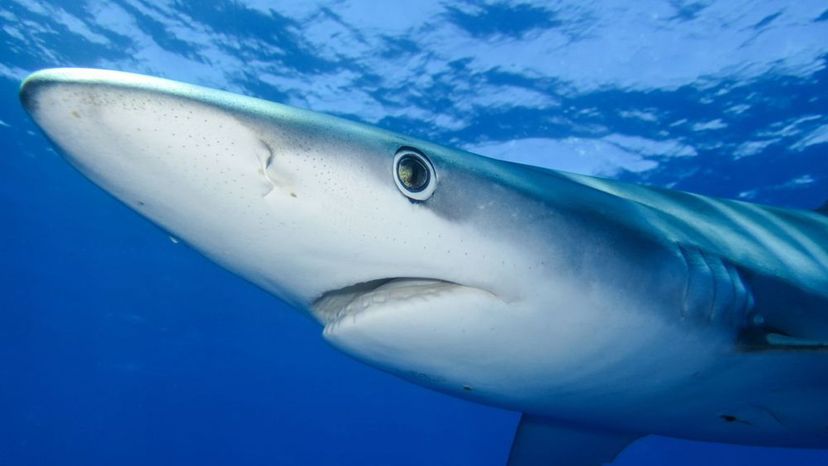
Advertisement
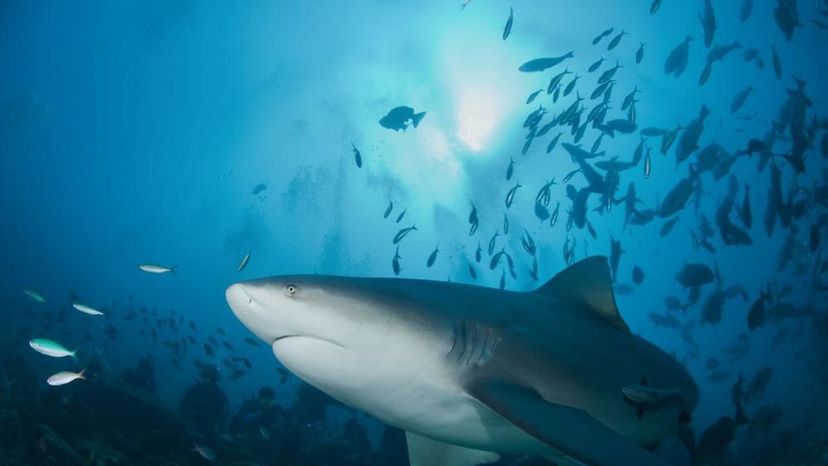
Advertisement

Advertisement
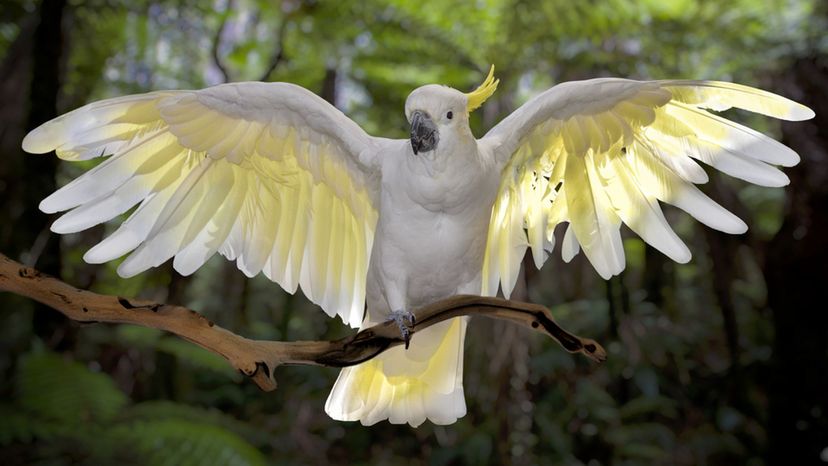
Advertisement

Advertisement

Advertisement
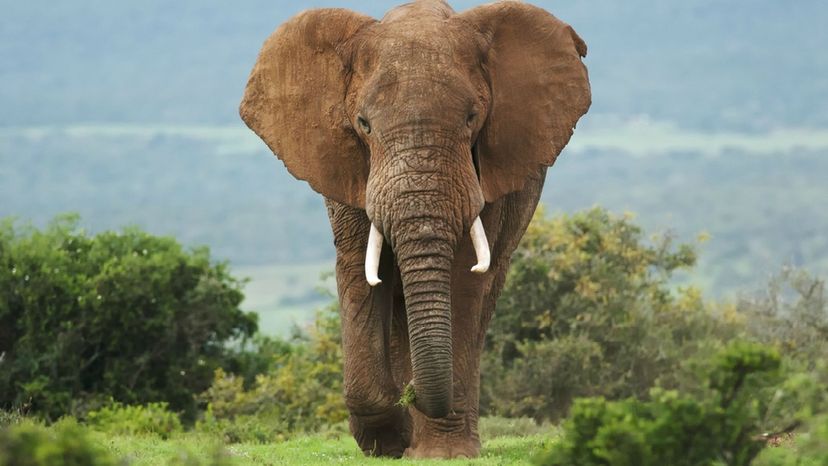
Advertisement

Advertisement

Advertisement
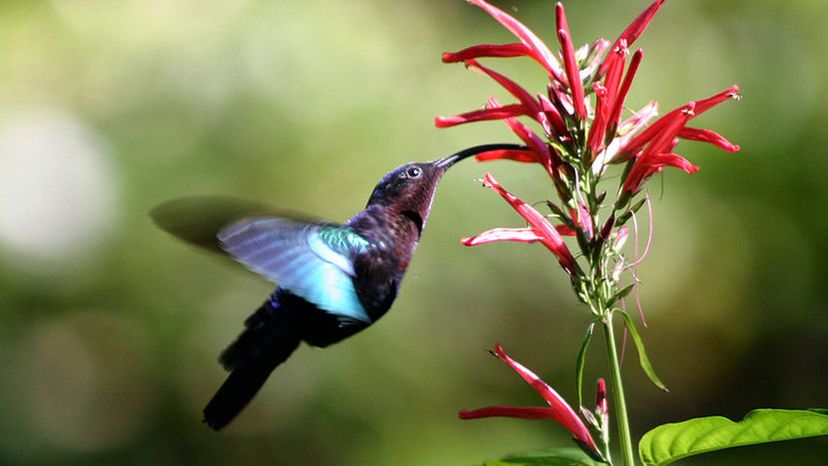
Advertisement
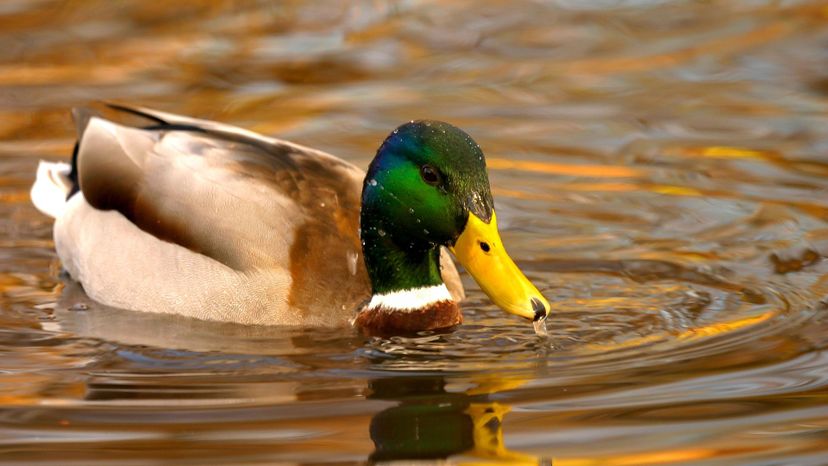
Advertisement
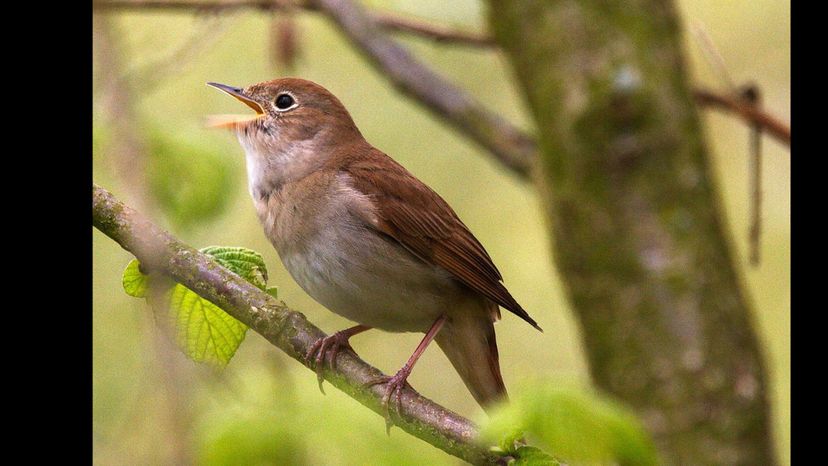
Advertisement
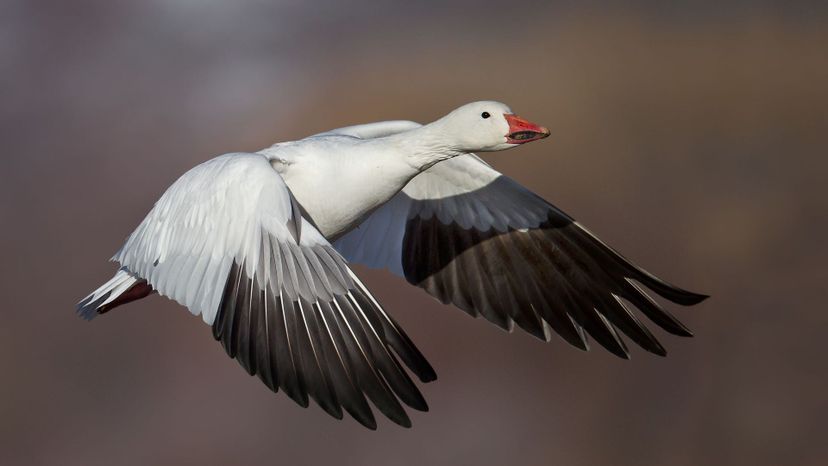
Advertisement
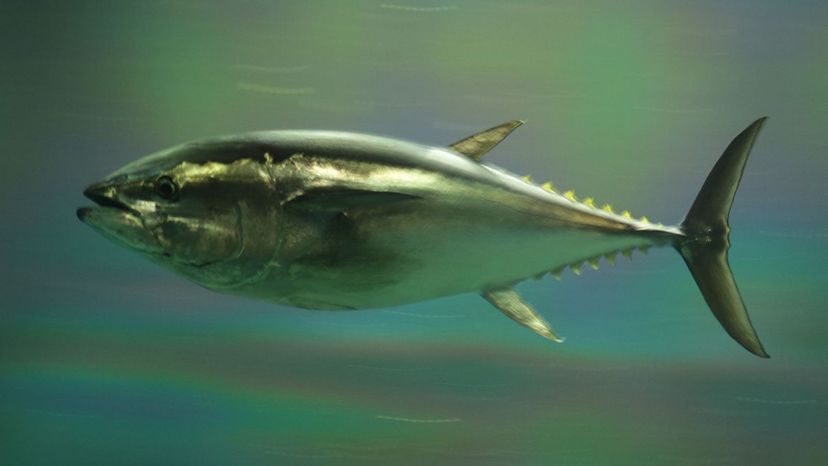
Advertisement
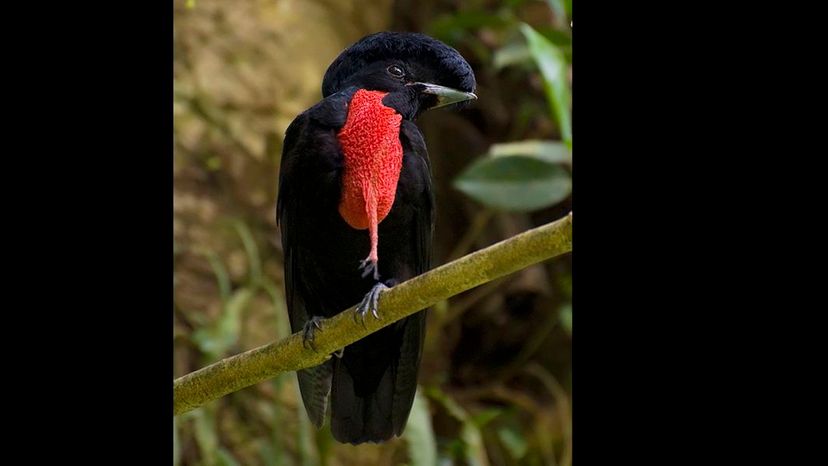
Advertisement
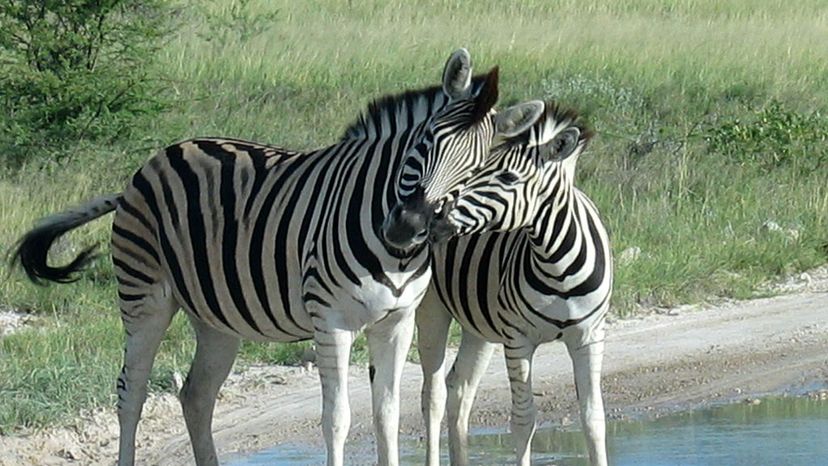
Advertisement
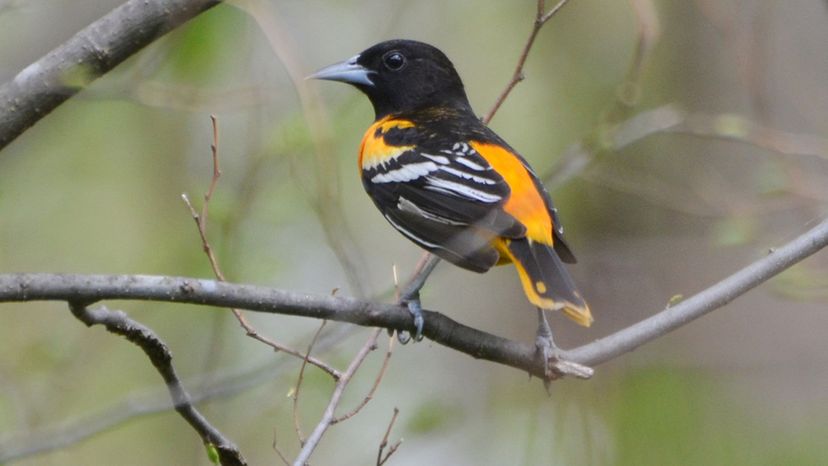
Advertisement

Advertisement
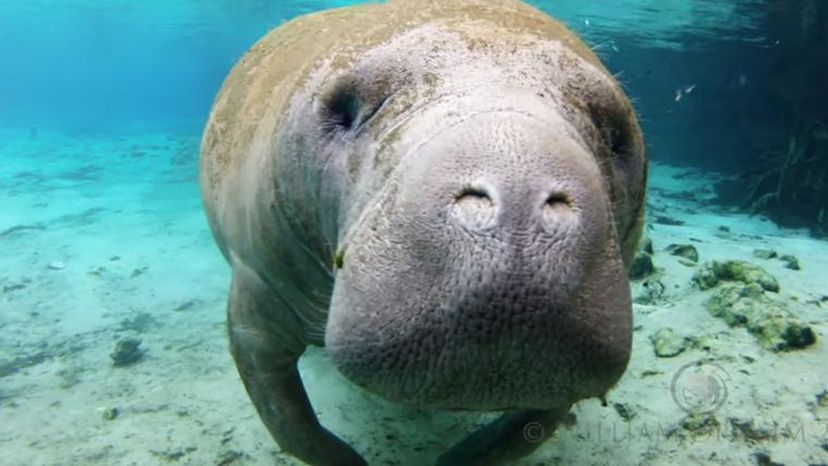
Advertisement
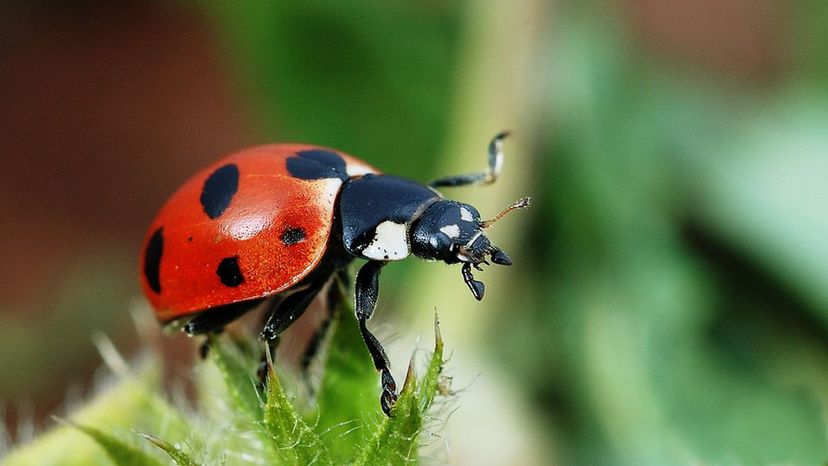
Advertisement
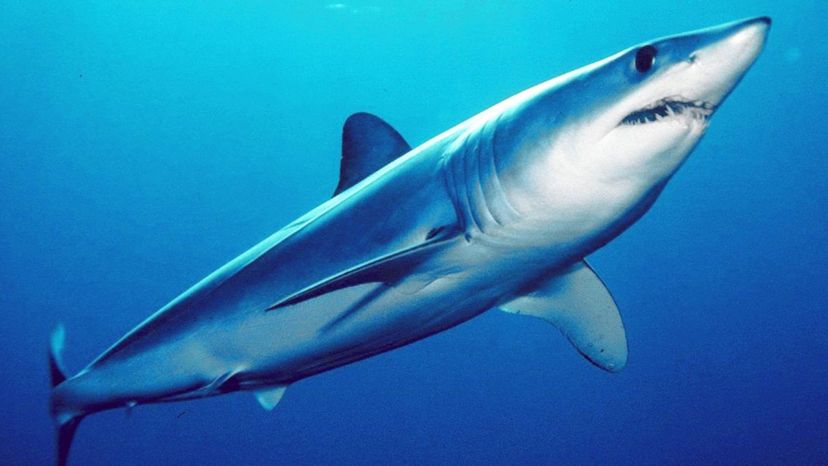
Advertisement

Advertisement
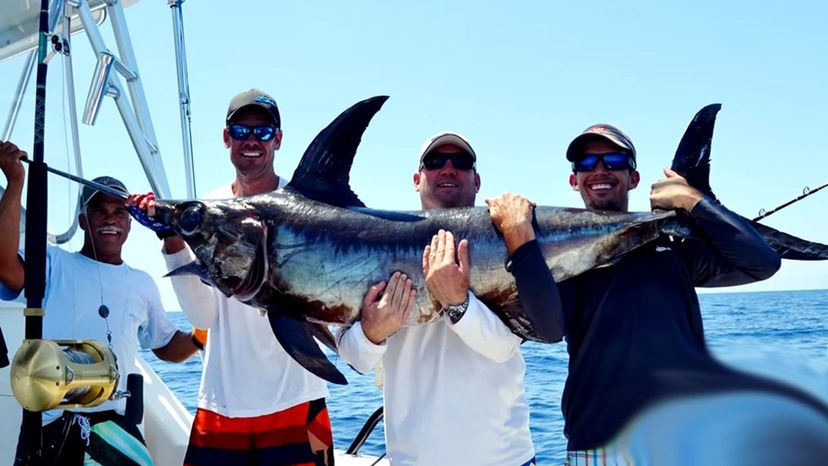
Advertisement
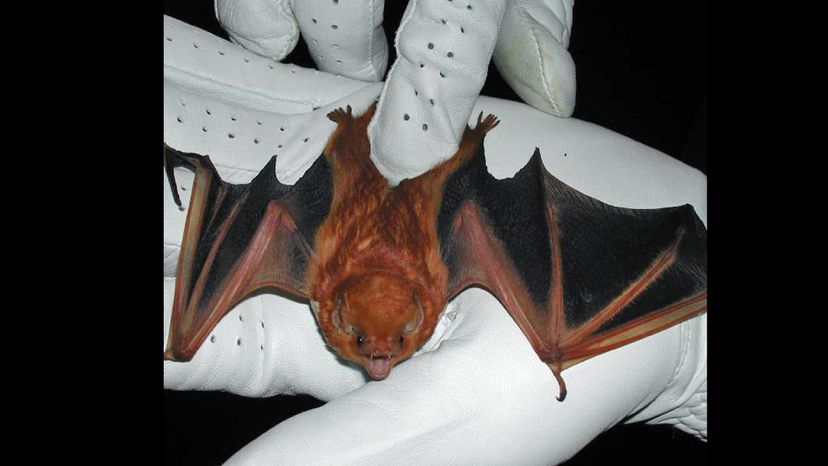
Advertisement
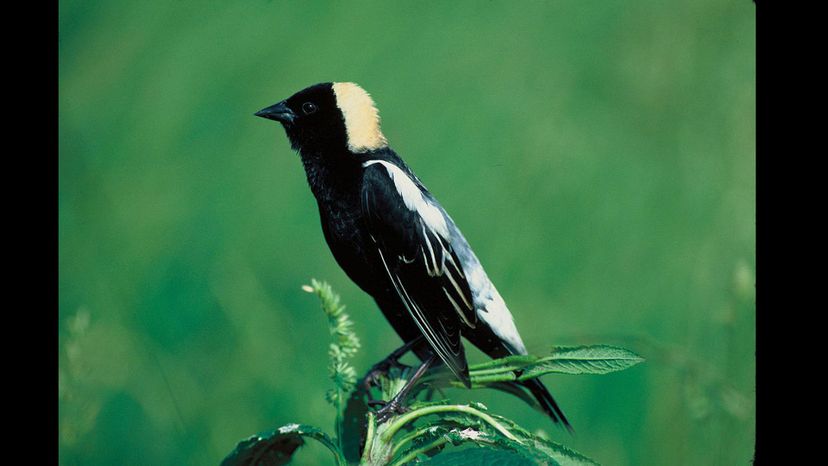
Advertisement
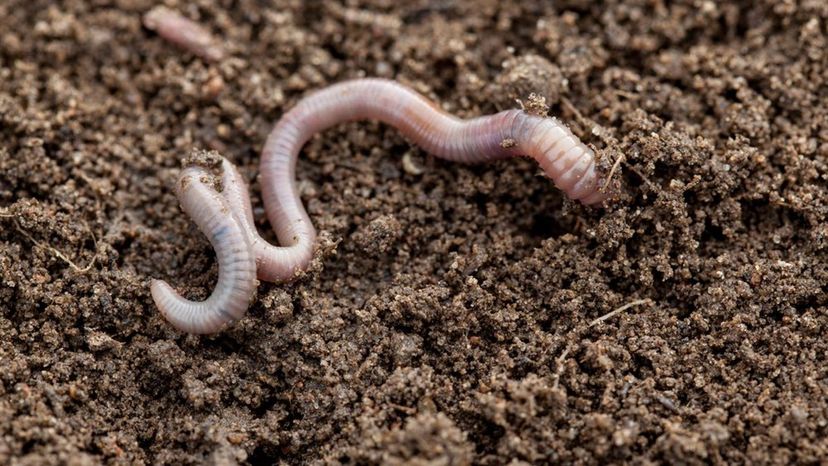
Advertisement
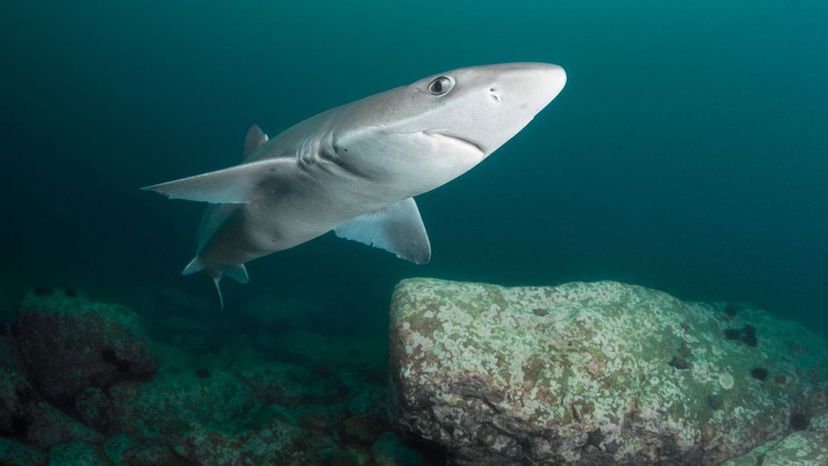
Advertisement
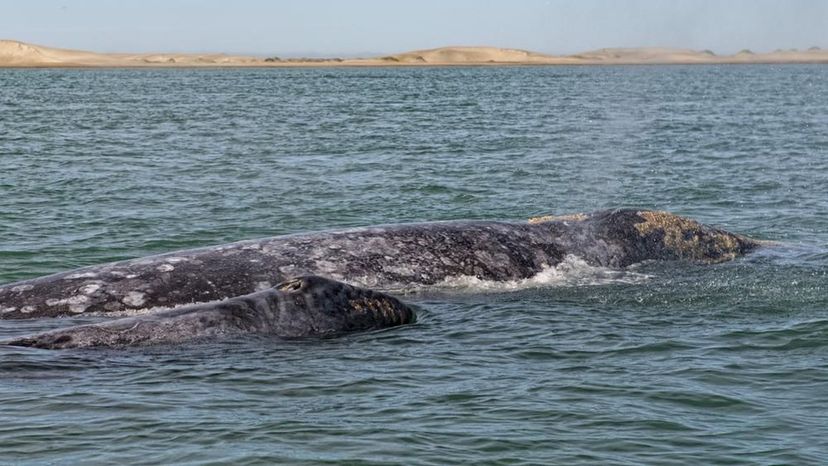
Advertisement
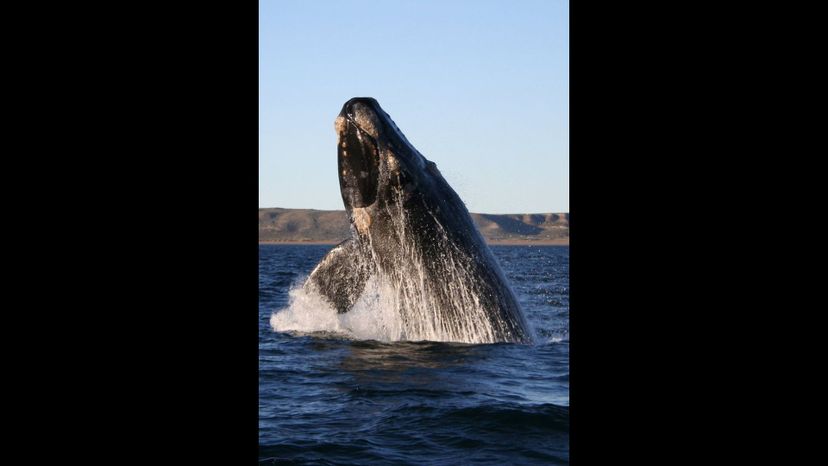
Advertisement
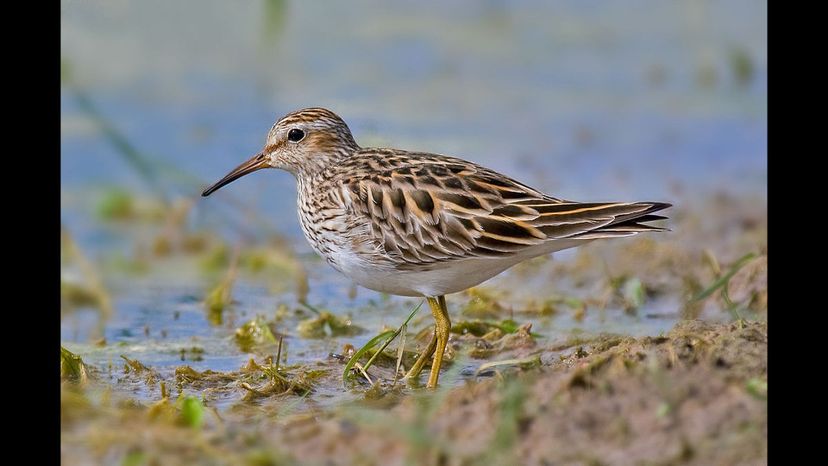
Advertisement
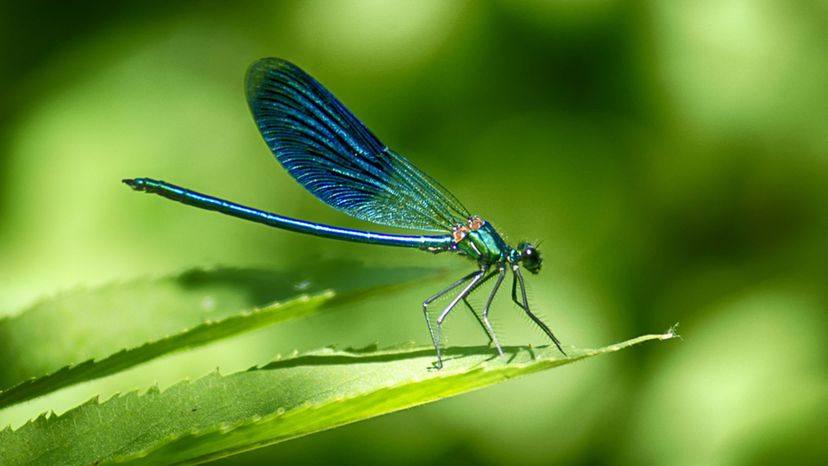
Advertisement

Advertisement
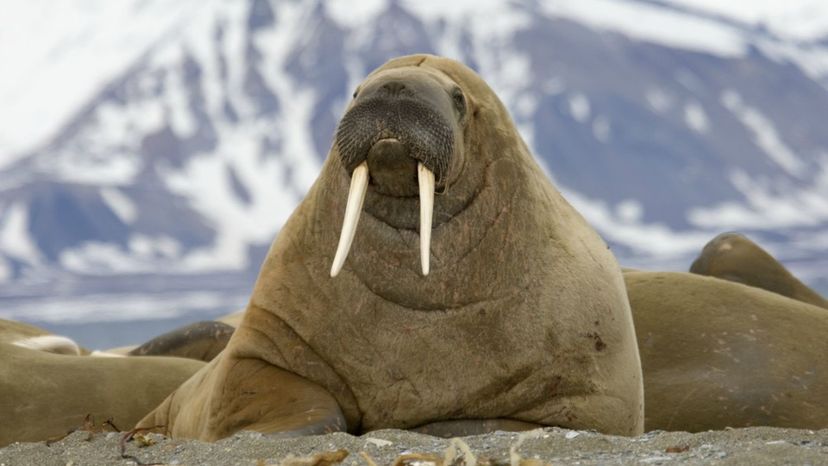
Advertisement
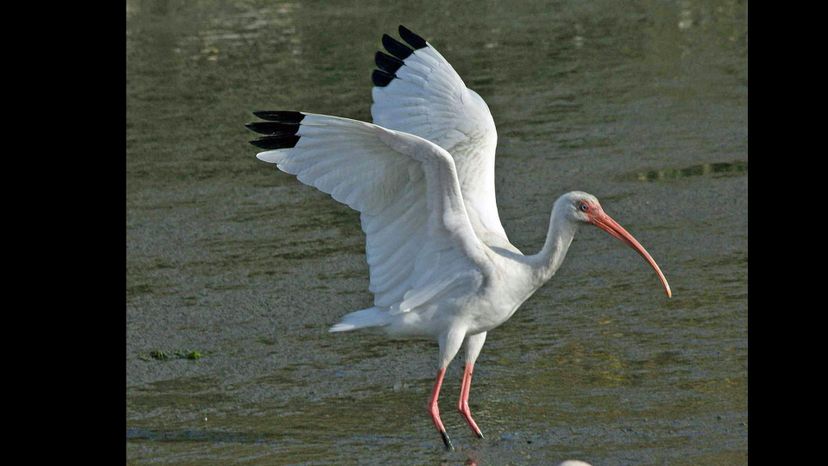
Advertisement

Advertisement